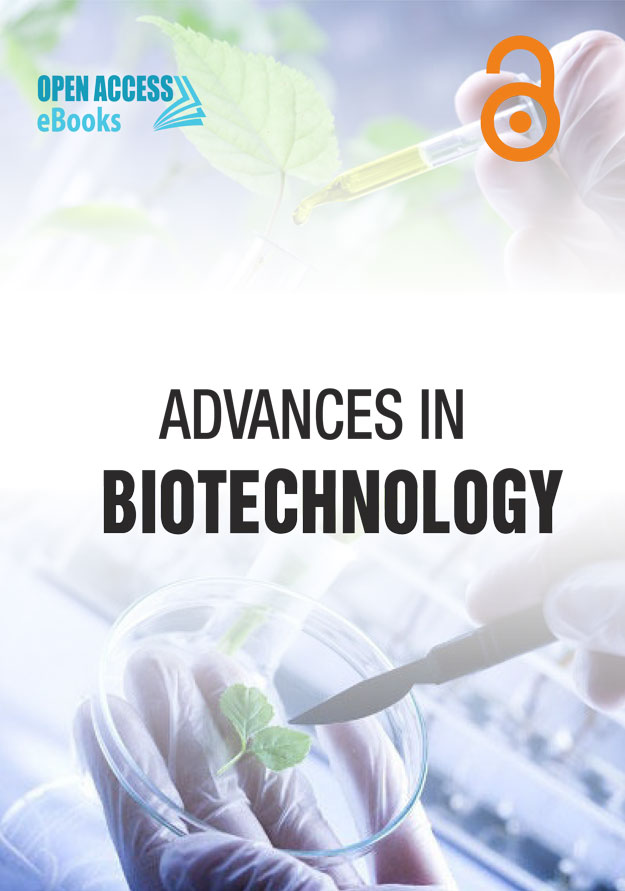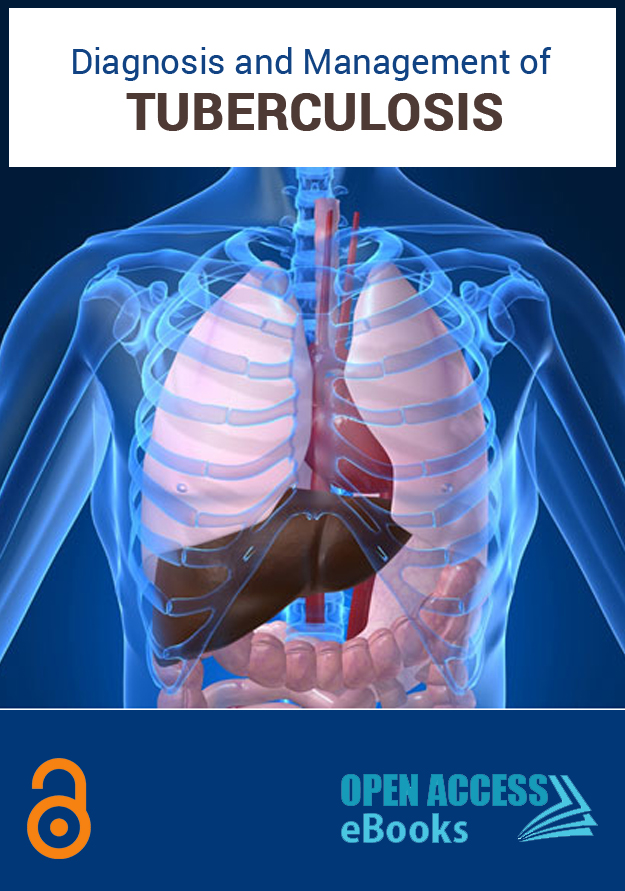
ISBN: 978-81-935757-2-7
Cancer that develops from breast tissue is called as Breast Cancer. It is the most common invasive cancer in females. There are different types of breast cancer and they usually starts in ducts, lobules or tissues. Open Access eBooks is publishing an eBook on breast cancer entitled RECENT STUDIES & ADVANCES IN BREAST CANCER. Researchers working on these areas are requested to contribute their work for the publication in volume 1.
All received book chapters undergo review process and are published on our website in PDF and HTML formats. Each volume contains around 5 or 6 book chapters providing information on latest advances in treating breast cancer.
Benefits of publishing with us:
Universal Access: eBooks published in Open Access eBooks gain international visibility. No region barriers and content is accessed by everyone across the world from our website. We also deposit published eBooks in different databases.
Freely Available: Open Access eBooks follows the principles of Open Access and the content is available to the readers without any cost. Readers can read, share, and store the published ebooks/book chapters.
Copyright with Authors: As an eBook publisher, we serve researchers in publishing their valuable work after the stringent review process. However, copyright lies with authors. We follow the CC-BY-NC-ND license (https://creativecommons.org/licenses/by-nc-nd/3.0/).
Different Formats: We provide eBooks in PDF and HTML formats. Both formats are user friendly and can act as per the user requirements. We put our efforts to provide other formats in future.
For more information, contact info@openaccessebooks.com
Published Chapters:
Breast reconstruction – current practice and future directions
Author(s): Niamh O’ Halloran*; Michael Kerin; Aoife Lowery
Rates of mastectomy are increasing internationally due to phenomena such as contralateral and bilateral prophylactic mastectomies and women eligible for breast conserving surgery opting for mastectomy. Breast reconstruction has been demonstrated to improve psychosocial and quality of life outcomes in this patient cohort, and has become the standard of care in the treatment of breast cancer. With an ever increasing emphasis being placed on this aspect of care, there have been significant advances within the field over recent decades. The development of skin and nipple sparing mastectomy has done much to enhance cosmetic outcomes. Refinement of breast implants to reduce complications and development of free autologous flaps have revolutionised patient outcomes. Results are still heavily influenced by adjuvant breast cancer therapies such as radiation and chemotherapy, and much has been accomplished in making breast reconstruction more compatible with these treatment modalities. However, breast reconstruction is still evolving and novel technologies such as tissue engineering hold promise for the development of superior techniques of breast reconstruction post-mastectomy.
Magic Sized Quantum Dots as a Theranostic Tool for Breast Cancer
Author(s): Anielle Christine Almeida Silva*; Fernanda Van Petten Vasconcelos Azevedo; Mariana Alves Pereira Zóia; Jéssica Peixoto Rodrigues; Noelio Oliveira Dantas; Veridiana Rodrigues de Melo Ávila; Luiz Ricardo Goulart
The discovery of quantum dots has sparked the research on biological imaging with many in vitro and in vivo applications, due to their incredible photostability and greater luminescence. Recently, the new magic sized quantum dots (MSQD) have surpassed most of the problems related to labeling, especially because ofseveral important characteristics: the ultra-small size (<2 nm) that allows passive absorption into cells, the variable functional surface engineering that permits conjugation to different molecules for selectivity improvement, the highly biocompatible nature due to its colloidal synthesis, the luminescence tuning capability in different wave lengths, and the low complexity of the system, which have led us to a new level of bioimaging. In this review, we demonstrate the potential applications of MSQD conjugated to three novel molecules as theranostic tools for both diagnosis and treatment of triple negative breast cancer.
Depression in Female Breast Cancer Patients
Author(s): Dr Jovana Cvetkovic
The knowledge of the diagnosis of cancer often leads to anxiety and depression in the affected person. A pessimistic interpretation of one’s disease and perspectives on life in the future is almost always present even in those who seemingly continue with their professional and other everyday activities. The studies in the area of psychooncology have shown that five years after the mastectomy in female breast cancer patients the disease outcome depends on the mode of mental reaction in the first three postoperative months.
Breast Cancer in Saudi Arabia and its Possible Risk Factors and Control
Author(s): Bassam Ahmed Almutlaq , MBBS*; Rakan Fraih Almuazzi, MBBS; Hussain Gadelkarim Ahmed, PhD
Breast cancer is the commonest females’ cancer and the leading cause of cancer death worldwide. There have been several factors implicated to the etiology of breast cancer, which differ for different geographical locations. The aim of this review was to discuss the most important etiological factors available in the literature with its possible association in the Kingdom of Saudi Araba (KSA). A number of etiological factors have been involved in the etiology of breast cancer. These factors act independently or together to cause breast cancer. The etiological factors discussed in this review include: age factors, age at first birth, early menarche, gender, dietary factors, tobacco smoking, alcohol consumption, low-dose irradiation, obesity, physical activity, lactation, hormonal factors, hormone replacement therapy, steroid hormone receptors, mammographic density, benign breast disease, and genetic factors. This in addition to the role of Her-2/Neu Antigen and triple negative breast cancer (Tnbc). These factors were discussed in view of the existing literature in general and in KSA in particular, in association with the future scope of the prospective research orientations. Such review can provide necessary information to identify individuals at high risk for prevention, early detection, identifying gaps for future research, and appropriate subsequent management, as well as, caregivers’ coordination. The ultimate benefit will be a future dramatic decline in the morbidity and mortality of the breast cancer in KSA.
Potential use of Antihistamines on Cancer treatment
Author(s): A.I. Faustino-Rocha; M. Ginja; A. Gama; R. Ferreira; P.A. Oliveira
Cancer is one of the most frightening diseases worldwide. Several medical options are available for breast cancer treatment, such as surgery, radiotherapy, chemotherapy, hormone therapy and immunotherapy. However, the possible ineffectiveness, the distinct response of cancer to the therapies and the devastating effects of some of these therapies for patients are the major concerns in cancer treatment. So, it is crucial to search for new or at least adjuvant therapies that may improve the lifespan and quality of life of oncologic patients. Antihistamines are one of the most frequently prescribed drugs worldwide. Since the histamine receptors are present in neoplastic cells of several tumors, and the antihistamines have low toxicity and are cheaper when compared with drugs used in chemotherapy, the antihistaminic drugs may be potentially used in the clinical management of oncologic patients.
Surgical Anatomy of Mammary Gland
Author(s): Vandana Mehta*; Suri RK
The mammary gland is an important accessory organ of the female reproductive system which lies in the superficial fascia of the pectoral region. The mammary glands constitute secondary sexual features of the females and are a source of nourishment for the neonates. Breasts (mammary glands) are modified sweat glands which lie in superficial fascia of pectoral region. The mammary gland is separated from underlying deep fascia by retromammary space which is occupied by loose areolar tissue.


